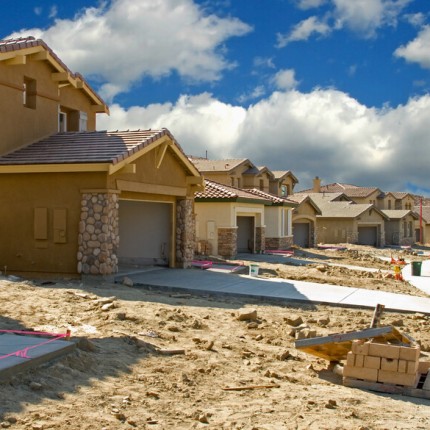 In a fight to prevent the suburbs from expanding closer to the Everglades, Miami-Dade County Mayor Daniella Levine Cava just released a plan to loosen zoning rules and make it easier to fit more houses onto smaller lots.
In a fight to prevent the suburbs from expanding closer to the Everglades, Miami-Dade County Mayor Daniella Levine Cava just released a plan to loosen zoning rules and make it easier to fit more houses onto smaller lots.
Under current zoning rules, Miami-Dade planners say builders will run out of land available for new single-family homes by 2025. The plan would relax county rules to make it easier to split lots, build houses closer together, and waive regulations requiring retail space on the ground floors of new residential complexes.
Levine Cava’s memo said the changes could spur property owners and developers to build more than 100,000 new homes in land outside city limits, at a time when rents and real estate prices are soaring.
“Residential land in Miami-Dade is uniformly underbuilt and underutilized,” Levine Cava said in the memo to county commissioners.
Levine Cava’s plan only applies to land outside of city limits, where county zoning rules apply. Commissioners would need to approve the rule changes through separate legislation in a process that hasn’t started yet and could take months or years of hearings and votes.
The proposed changes mostly encourage construction of more houses, townhouses and duplexes under the “single-family home” category. The proposal would give property owners rights to automatically build more homes on their land without getting approval through a zoning hearing.
“In Miami-Dade development has consistently stayed well below the maximum density allowed under existing county rules,” Levine Cava wrote.
Levine Cava released the plan as part of a compromise over legislation her administration opposed for requiring a dramatic increase in new lots available for building houses. County planners said that change proposed by Commission Chairman Jose “Pepe” Diaz would overwhelm existing inventory of available land inside the Urban Development Boundary, the planning line embedded within county land-use law that divides the suburbs from farmland and the Everglades.
Diaz at a committee meeting Wednesday agreed to amend his ordinance to require adoption of the Levine Cava changes before Miami-Dade could mandate the county have at least 35,000 lots available for constructing new single-family homes, compared to an estimated inventory of roughly 24,000 now.
While Miami-Dade has ample land for building new condo and apartment complexes inside the Urban Development Boundary, county planners predict property reserved for new single-family homes will be exhausted by 2025.
“Let’s not try to say: ‘Oh, there’s only one way of living from now on, and that’s in a multi-family building,” Diaz said after the legislation passed unanimously out of the commission’s Policy committee Wednesday. “All we’re trying to do is find solutions.”
The proposed Levine Cava changes include:
- Let property owners qualify for slightly denser zoning without a hearing. The plan recommended land owners qualify for building houses slightly closer together, provided the plan “incorporates good urban design principles.” That could be approved by staff, rather than at a hearing.
- Waive “mixed-use” rules on apartment and condo buildings. Current county rules require ground-floor commercial space on residential buildings to encourage a more vibrant street life and place retail businesses near where people live. Levine Cava proposed lifting that rule in areas that could handle more residential units, such as near transit corridors, allowing apartments on the ground floor too.
- Subdivide more lots. The Levine Cava plan calls for allowing more “lot splitting,” where existing property can be subdivided into two new parcels. The extra lots would allow for development of denser housing under the single-family category, such as duplexes, triplexes and rowhouses, the memo said.
Commissioner Rebeca Sosa voted for the Diaz legislation, but warned against dramatic changes to density rules in Miami-Dade.
“The people who have been paying taxes are going to pay a very high price,” Sosa said. “The density in those residential areas is going to be overwhelming.”
Source: Miami Herald

